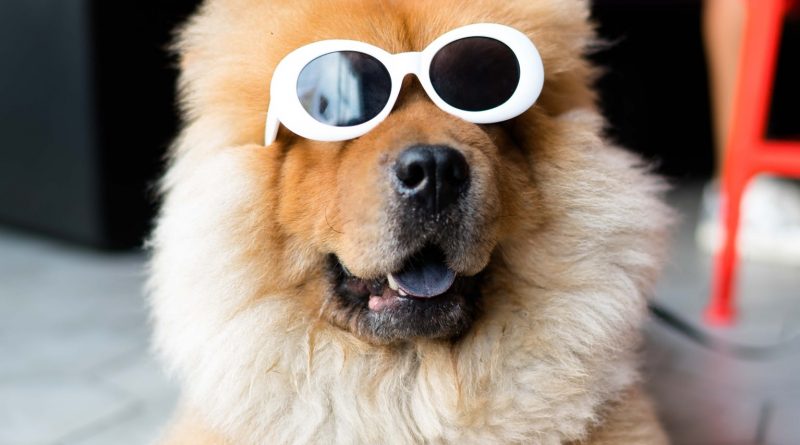Is your dog getting enough sunlight?
Sunlight not only keeps us warm but also keeps us healthy. Dogs are greatly benefited by exposure to sunlight as they get their daily dose of vitamin D and also to regulate the biorhythms of their body.
Dogs need to soak up raw sunlight as it has the natural spectrum of light from the infrared (IR) to the ultra-violet (UV). There are two types of UV lights of different wavelengths – UVA and UVB. UVA is not present in sunrise and gets stronger during the middle of the day and late afternoon sunlight. UVB is stronger in the middle of the day.
When does your dog need sunlight?
Your dog will get maximum benefits by sunbathing during the early sunrise light, in the middle of the day or late afternoon and during sunset. Dogs and other mammals naturally evolved by living outdoors and being exposed to sunlight all day. So, your dog not only requires sunlight daily but also needs to be exposed to the different levels of raw sunlight throughout the day to be healthy.
Sunlight that falls on your dog’s skin and gets absorbed by their eyes help to improve their metabolic functions. Especially the sunlight that hits the back of their eye in their retina and in their skin during early morning has a positive impact in regulating and controlling your pet’s circadian rhythm.
Melatonin, the sleep regulating hormone, is vital for functioning of the body’s circadian rhythm. The levels of melatonin increase during late afternoon and evening as a result of red light and darkness settling outside that makes your dog fall asleep.
Sunlight affects circadian rhythm
A healthy circadian rhythm ensures that your pet has normal brain functions, hormone production, cell regeneration and other biochemical activities throughout the day and night. A fall back or a disruption to their circadian rhythm over a period of time can lead to the onset of chronic diseases in your pet. An important thing to note is that the rhythm is very sensitive to light and is easily disturbed by the exposure to artificial light.
The early morning sunlight has no UV light, there is a distribution of blue, green and red light. So, you wake up in the morning and your energy is high and you perform your daily activities. The presence of the blue light supresses the melatonin which makes you feel active.
During the middle of there is a distribution of the full spectrum, right from the infrared to the highest level of ultra violet rays. In the evening, the light turns to red and infrared without the presence of blue. So, what you must understand is that mammals are photosensitive not only to the absence or presence of light but also to all the colours that they are exposed to everyday through light which reaches their skin or eyes.
Here are a few steps that you need to follow to ensure your pet gets exposed to healthy light everyday:
- Avoid watching TV or using mobile phones in the presence of your dog, particularly two or three hours before their bedtime. Too much exposure to artificial lights will upset their circadian rhythm.
- Make sure that the room your dog uses to sleep has dim red lights that you can switch on for them during evenings. Red lights have the least damaging impact on melatonin.
- Make sure your pet is exposed to different levels of raw sunlight throughout the day. A 30 to 60-minute exposure to sunlight throughout morning, late afternoon and evening and a minimum of 15 to 30 minutes of exposure to sunlight during the middle of the day.
You can always contact your vet for their professional advice.

